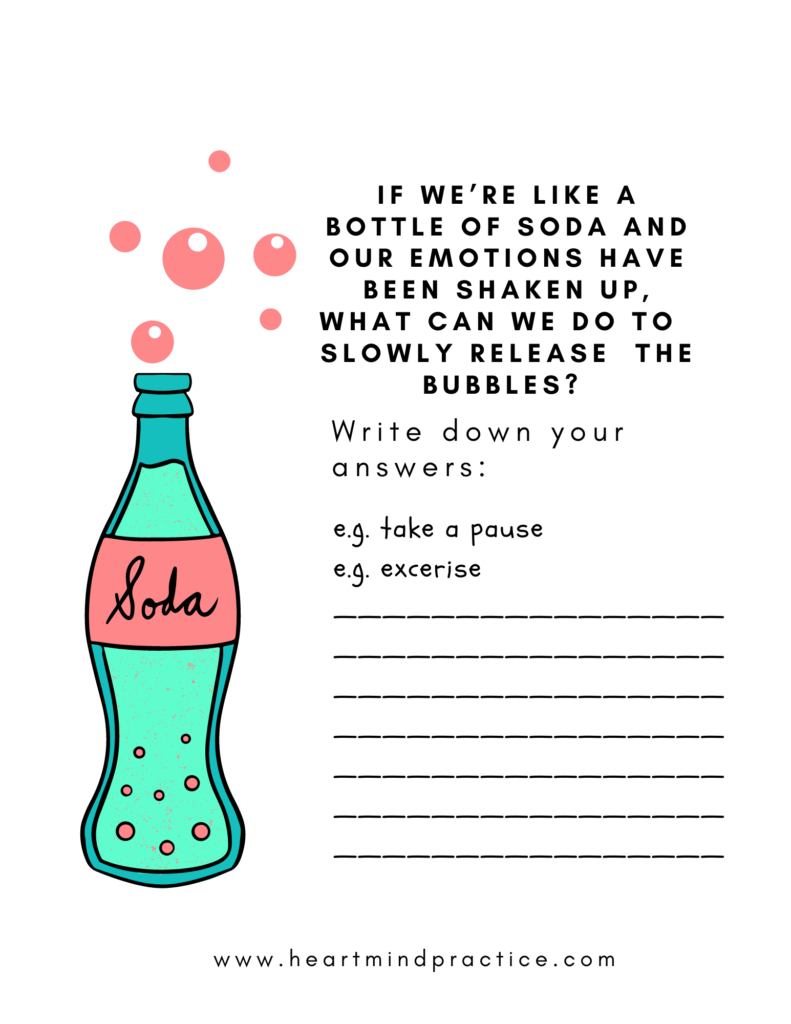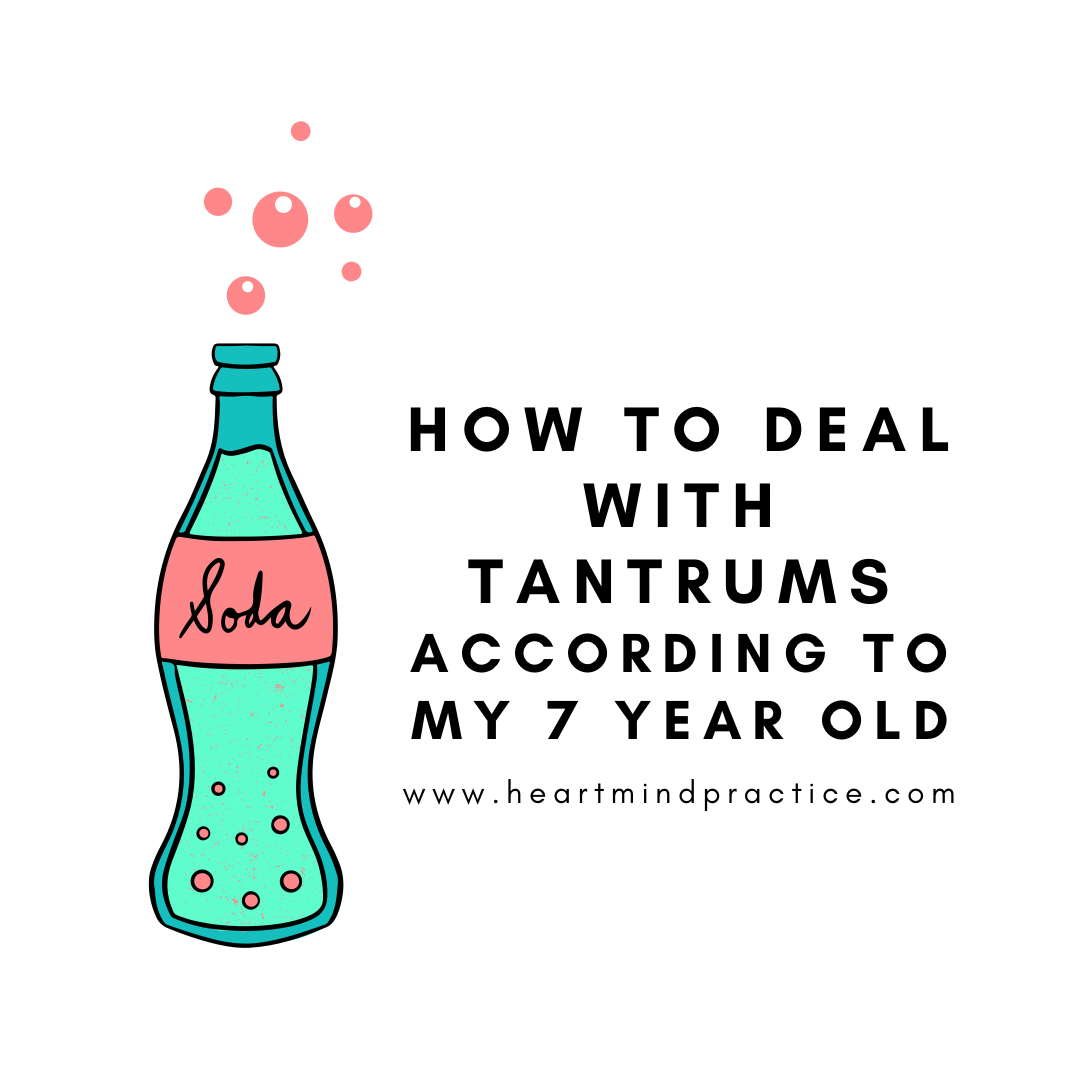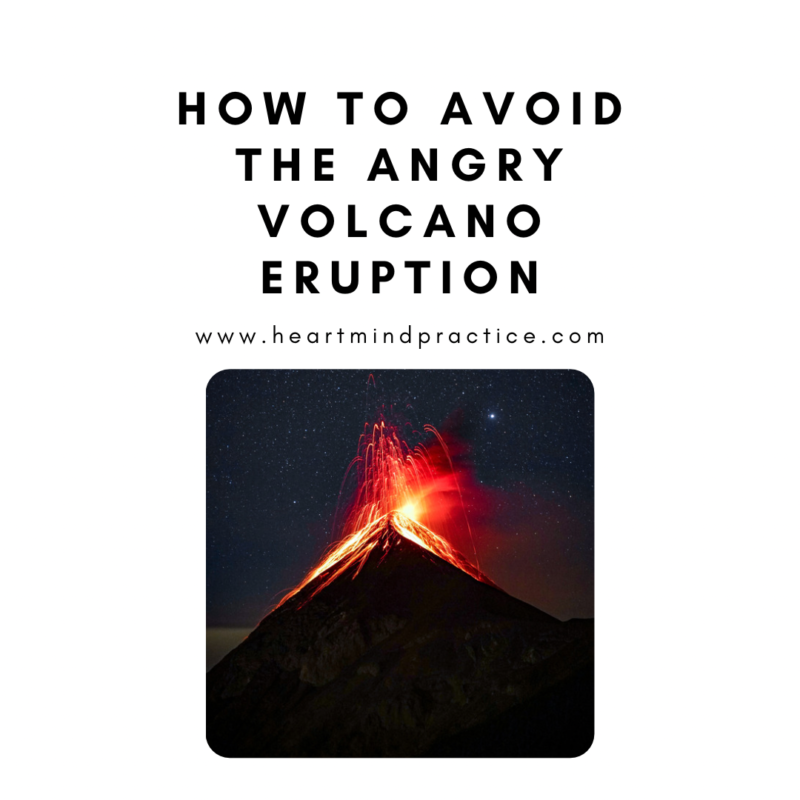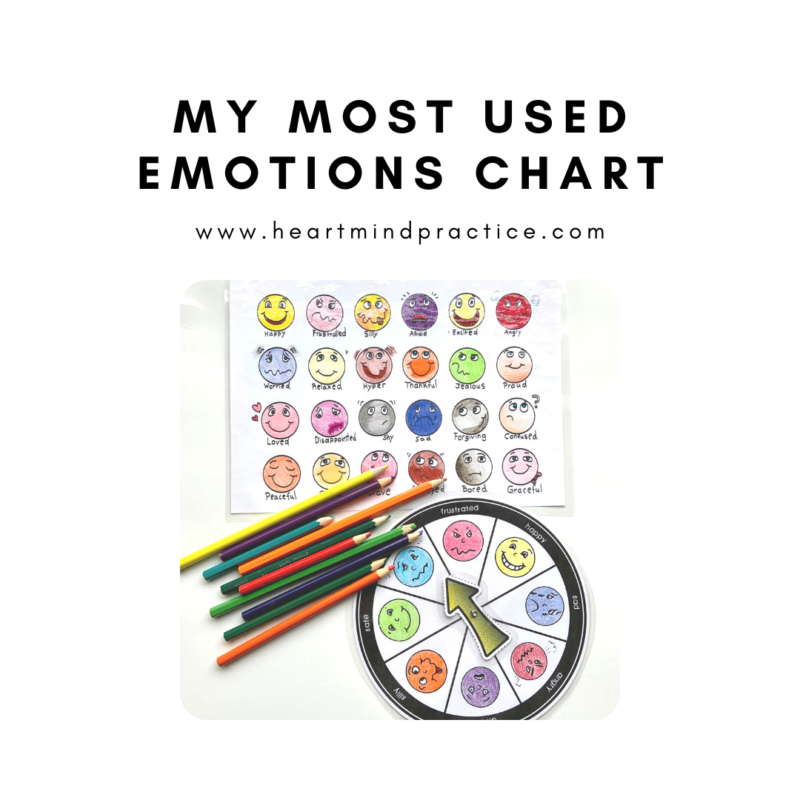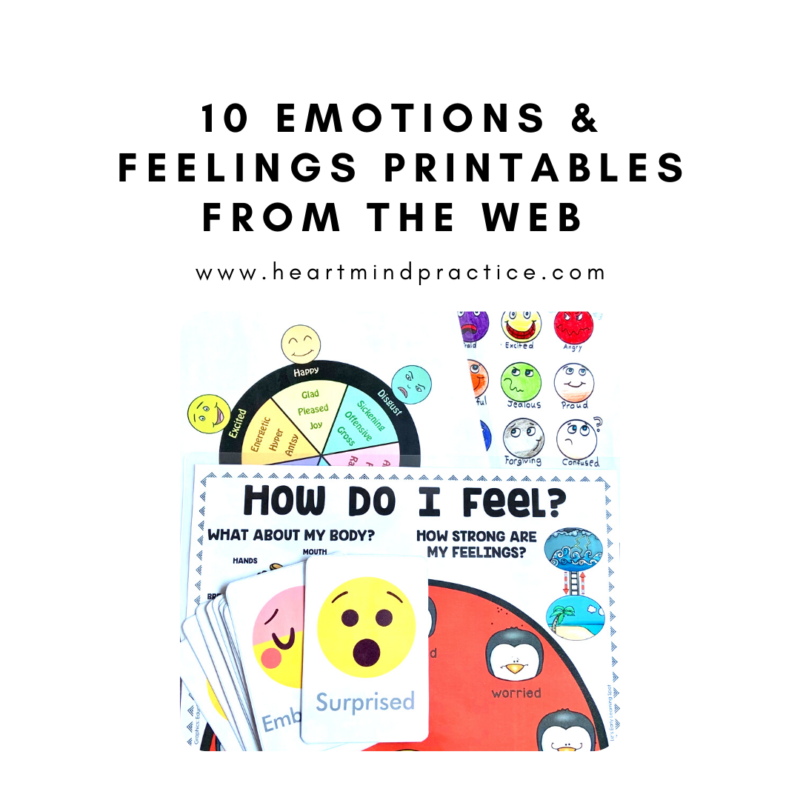My 7-year-old son wanted me to write the next blog post about tantrums. Funny thing is, I’ve never really used the word tantrum with him, but he’s picked it up as word to describe a big blowup of anger. As a parent, there have been countless number of times where I’ve felt helpless and didn’t know what to do in the midst of big emotions and ended up joining him in the tantrum. I like how Dr. Laura Markham from Aha! Parenting describes tantrums:
Many tantrums result from feeling powerless or when the child doesn’t have the resources to handle the frustration.
Dr. Laura Markham
One time when my son was 4 or 5 years old, he had a big meltdown. Afterwards we had a chat and I told him that sometimes I don’t understand him. He replied, “but you’re my mom…you should understand me.” This really struck me. To a child, parents are their world, their provider, and their safety net and when I couldn’t connect or relate with what he was experiencing, the disconnect made him feel even more powerless.
From an attachment lens, connection with a child who is feeling out of control is the first step towards bringing them back to a place of balance: soothe and comfort first and then address the behaviour when the child is calm.
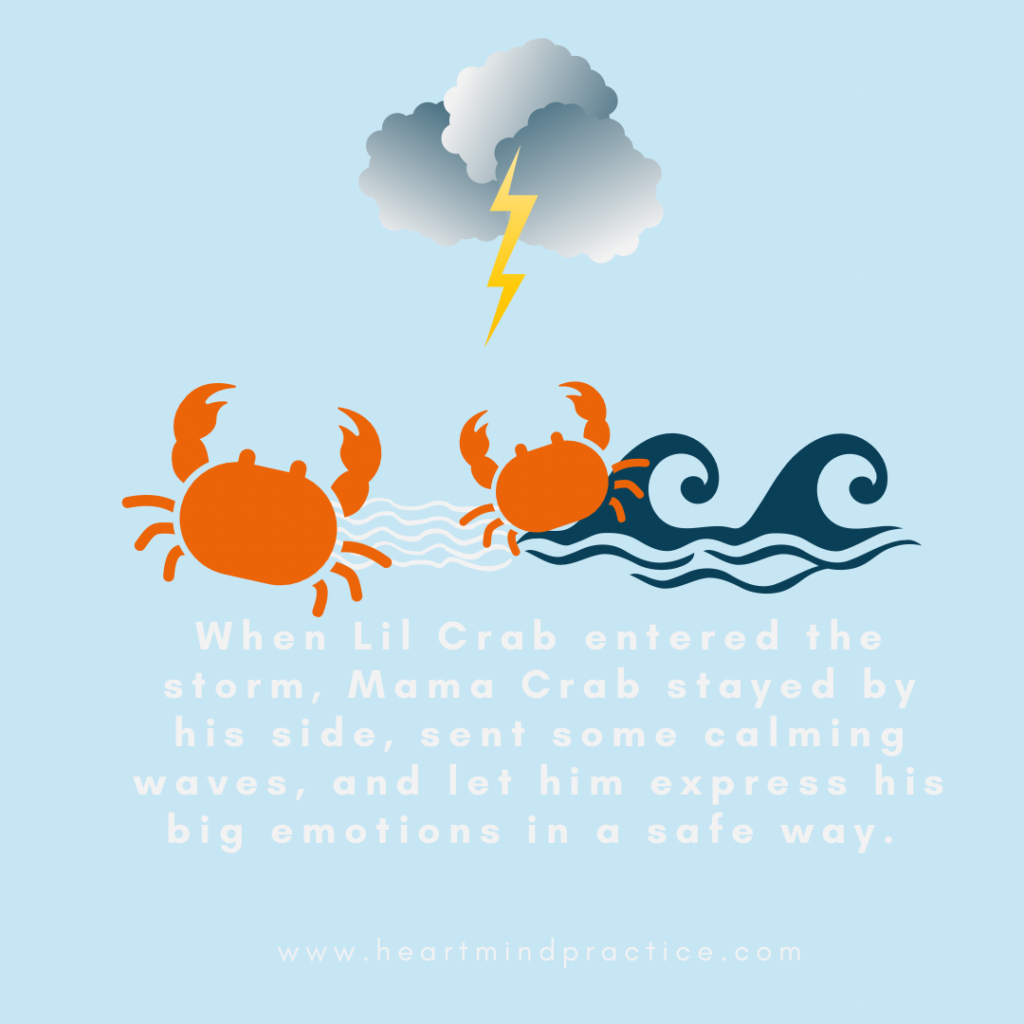
What to do when our emotions are shaken up
According to my son, he said that when he has a tantrum it feels like he’s a bottle that’s filled with energy that could explode. I’ve definitely observed times where his body looked like it was in fight mode. He said that letting out that energy and using it for good would be the way to avoid a tantrum. Some of his ideas are: exercising, playing with a fidget, or taking some breaths. I know that using any type of coping skill when in the height of big emotions are easier said than done, but practicing them even in little moments goes a long way. Below is a worksheet we made together.
